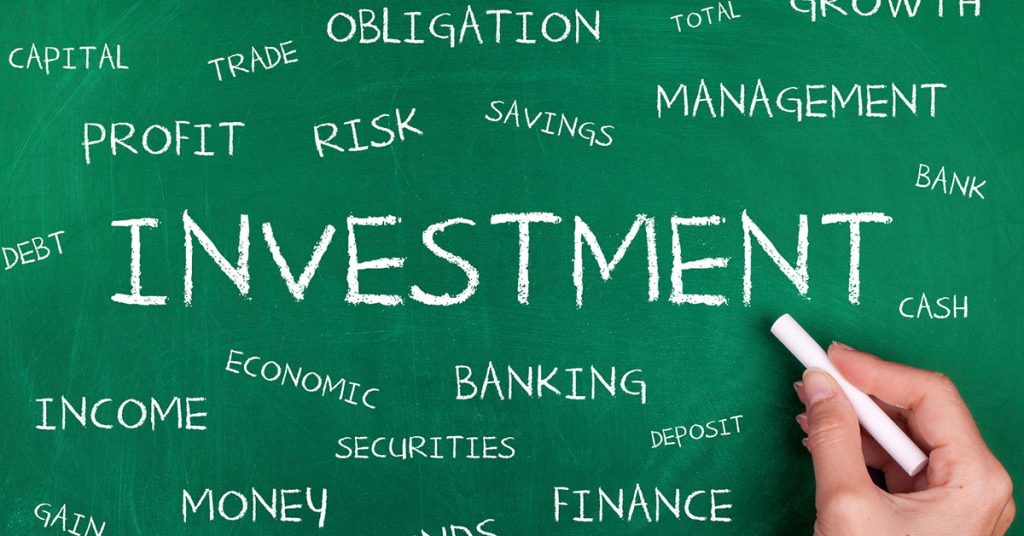Introduction: The Timeless Dilemma of Investing
Every investor faces the eternal question: how to balance risk and reward. Short-term opportunities tempt with quick gains but carry volatility; long-term strategies promise stability but demand patience. In the 21st century, where markets are shaped by globalization, technology, and sustainability concerns, the challenge of striking this balance has grown even more complex.
This essay examines the principles of long-term investment, exploring theories, styles, generational perspectives, and the role of sustainability in shaping growth.
Part I – Theoretical Foundations of Risk and Reward
1.1 Modern Portfolio Theory (MPT)
- Developed by Harry Markowitz, emphasizing diversification.
- Risk reduced by spreading investments across uncorrelated assets.
1.2 The Risk-Return Tradeoff
- Higher potential returns come with higher risk.
- Long-term strategies accept short-term volatility for stable growth.
1.3 Time Horizon Advantage
- Longer horizons allow recovery from downturns.
- Historical data shows equity markets outperform bonds over decades.
Part II – Investment Styles in Long-Term Strategy
2.1 Value Investing
- Focus on undervalued companies with strong fundamentals.
- Advocated by Warren Buffett; resilience through market cycles.
2.2 Growth Investing
- Prioritizes companies with high innovation and expansion potential.
- Tech sector (AI, biotech) as primary growth arena.
2.3 Index and Passive Investing
- Low-cost, long-term exposure to entire markets.
- Example: S&P 500 index funds as wealth builders.
2.4 Dividend Investing
- Stable returns from companies with consistent payouts.
- Popular among conservative and retirement-focused investors.

Part III – Generational Approaches to Risk and Reward
3.1 Baby Boomers
- Preference for stable assets (bonds, dividends).
- Retirement horizon shortens tolerance for risk.
3.2 Generation X
- Balanced strategies: equities for growth, bonds for security.
- Often focus on real estate as an asset anchor.
3.3 Millennials
- Higher risk appetite for technology stocks and crypto.
- Stronger focus on ESG and sustainable finance.
3.4 Generation Z
- Digital-native investors using fintech platforms.
- Mix of speculative trading (crypto, NFTs) and long-term ETFs.
Part IV – Sustainability as a Core Dimension
4.1 ESG Integration
- Environmental, Social, Governance factors now critical to risk evaluation.
- Poor ESG performance linked to long-term financial risk.
4.2 Green Investment Opportunities
- Renewable energy, electric vehicles, and sustainable agriculture.
- Growth potential as governments incentivize green transitions.
4.3 Climate Risks
- Rising sea levels, resource scarcity, and carbon regulations as threats to portfolios.
- Long-term strategies must incorporate climate resilience.
Part V – Balancing Risk and Reward in Practice
5.1 Portfolio Construction
- Mix of equities (growth), bonds (stability), alternatives (hedging).
- Dynamic rebalancing aligned with life stage and market cycles.
5.2 Global Diversification
- Spreading investments across regions reduces geopolitical risk.
- Emerging markets offer growth but require careful selection.
5.3 Behavioral Discipline
- Avoid panic selling during downturns.
- Long-term investors benefit most from staying invested.
Part VI – Future Outlook: The Evolving Definition of Growth
- Technology: AI and biotech will dominate future growth sectors.
- Sustainability: ESG integration will move from trend to standard.
- Demographics: Aging populations shift demand toward healthcare and retirement assets.
- Digital Finance: Blockchain, tokenization, and decentralized finance will reshape portfolios.
Conclusion: Sustainable Growth Through Patience and Balance
Long-term investing is not about chasing the highest returns or avoiding all risks. It is about constructing a portfolio that aligns with one’s goals, time horizon, and values. By blending diversification, discipline, and sustainability, investors can achieve steady growth while weathering inevitable market storms.
The future of wealth lies in balance—balancing generations, markets, values, and above all, risk and reward.
















































